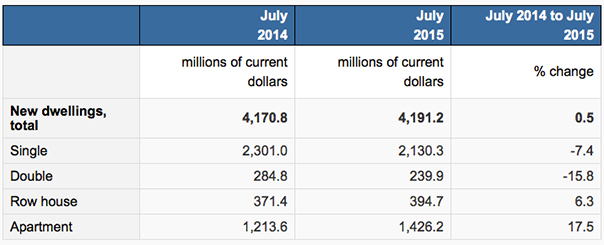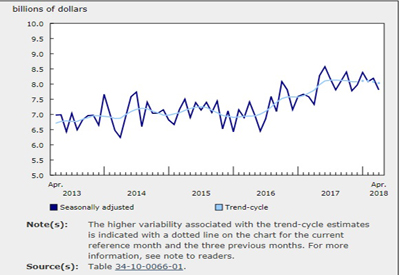Troubleshooting Networked Lighting Control Installations

Jan 19, 2020
By Steve Mesh
Last year, the Lighting Controls Association published the first version of a generic Troubleshooting Guide for Networked Lighting Control Systems. This guide is primarily meant to address issues that may arise with networked lighting control (NLC) systems. There are plenty of things that differentiate one vendor’s NLC system from those made by other vendors. Different systems have different UIs (user interfaces), and a specific NLC system may or may not have exactly the same features or benefits as any other system. Having said that, enough similarities exist to have made the creation of this manufacturer-agnostic troubleshooting guide worthwhile.
The troubleshooting guide can be downloaded on the website here: http://lightingcontrolsassociation.org/resources/. It comes in the form of a spreadsheet. The major categories of issues include:
• LED light source issues
• wall switches/dimmers
• occupancy sensors
• photosensors
• luminaire controllers
• gateways/servers
To use the spreadsheet, read from left to write checking the following columns:
• Problem — what is going wrong?
• Additional Symptoms or Indications — what else is happening that can help you to diagnose and isolate the cause or figure out an appropriate solution?
• Possible Causes — what might be making this problem happen in the first place?
• Prescription — what can you do to try to resolve the problem?
• Notes/Additional Information — additional things to consider
To give you a taste of how the spreadsheet works, consider the following examples (written out here in paragraph form instead of in spreadsheet form):
Category — Luminaire Controllers (wired)
Problem — Luminaire will not turn on.
Additional Symptoms or Indications — LED indicator light(s) on luminaire controller is ON or flashes.
Possible Causes — Control system may not have “discovered” the controller.
Prescription — Check the system’s software to verify that the luminaire in question has been “discovered”.
Notes/Additional Information — In networked control systems, components must be “discovered” before the software can control them. If the luminaire in question doesn’t appear on a list or graphic representation of the space, then it hasn’t yet been discovered.
Category — Occupancy Sensors (Battery powered, wireless)
Problem — Luminaires turn ON during occupancy but will not dim.
Additional Symptoms or Indications — LED indicator light(s) on luminaire controller is ON or flashes.
Possible Causes — Control system may not be commissioned yet.
Prescription — Commission control system.
Notes/Additional Information — Prior to commissioning a networked control system, luminaires typically turn ON to full brightness once the power circuits are energized. After commissioning and programming the system, all controls components should be operational and luminaires should dim as appropriate. In many systems, luminaires may be programmed to dim based on either occupancy or vacancy — so if the system has been programmed to do so but luminaires aren’t dimming, then it may be that the commissioning process has not been completed.
Category — Photosensors
Problem — Luminaires will not turn ON or OFF (or dim) based on changes to incident light at sensor.
Additional Symptoms or Indications — (n/a)
Possible Causes — ON and OFF setpoints may be outside of the range of the typical incident light falling on the sensor.
Prescription — Verify that the setpoints are within the range of incident light falling on the sensor. Put sensor into a test mode and verify that luminaires turn ON and OFF, by alternately covering and then shining a light on it. If necessary, adjust the ON and/or OFF setpoints in the software.
Notes/Additional Information — Some lighting control systems incorporate features in the software to display an instantaneous readout of the incident light (typically in footcandles) hitting a specific photosensor. This is often used during the commissioning process. Additionally, during commissioning the ON and OFF setpoints are input into the software.
Category — LED Light Source Issues
Problem — LEDs are not producing light.
Additional Symptoms or Indications — (n/a)
Possible Causes — Polarity of secondary wiring from driver to LED circuit board or from one circuit board to another circuit board may be reversed.
Prescription — Check secondary wiring from driver to LED circuit board or from one circuit board to another circuit board for reserved polarity.
Notes/Additional Information — LEDs are low-voltage direct-current devices. If the secondary wiring from the LED driver to one or more of the LED circuit boards is installed with the polarity reversed, then the secondary circuit will be short-circuited and the LEDs will not produce light.
Category — Wall Switches/Dimmers (Wired)
Problem — Luminaires will not dim, turn OFF or turn ON.
Additional Symptoms or Indications — LED indicator light(s) on wall switch/dimmer is ON or flashes.
Possible Causes — Control system may not be commissioned yet.
Prescription — Commission control system. Assign wall switch/dimmer to desired zone.
Notes/Additional Information — Prior to commissioning a networked control system, luminaires typically turn ON to full brightness once the power circuits are energized. After commissioning and programming the system, all controls components should be operational and luminaires should dim as appropriate. During programming, controls components are assigned to particular zones. Until this assignment is completed, a wall switch/dimmer will probably not dim the fixtures in that zone.
In this first version of the troubleshooting guide, there are 65 different line items based on specific symptoms, possible causes and prescriptive remedies. This is a small taste of the kind of help that this guide has to offer. Remember that this isn’t intended to be a replacement for vendor-specific information about a particular NLC system. Using this guide may help you to resolve a problem. If for any reason it doesn’t, your next course of action should be to consult with the system’s vendor. Some of these vendor-specific troubleshooting guides and manuals for system operation are available on-line and can usually be downloaded in PDF form.
Remember that this is the first version of the troubleshooting guide offered by the Lighting Controls Association (LCA). If you have specific ideas for “issues” that should be incorporated in subsequent versions of the guide, please contact LCA and let them know.
This article was first published at https://lightingcontrolsassociation.org/2019/02/04/steve-mesh-talks-luminaire-level-lighting-controls/
Steven Mesh is an award-winning lighting designer who has designed lighting and control systems for a variety of project types (commercial, museums, schools, residential, restaurants, retail, historic, healthcare, etc.). As an educator, he has taught classes and given presentations about lighting and controls across North America and internationally. One of his is developing lighting and lighting controls courses that rely on hands-on and/or interactive content. He has been a repeat speaker at LightFair for eight years.















